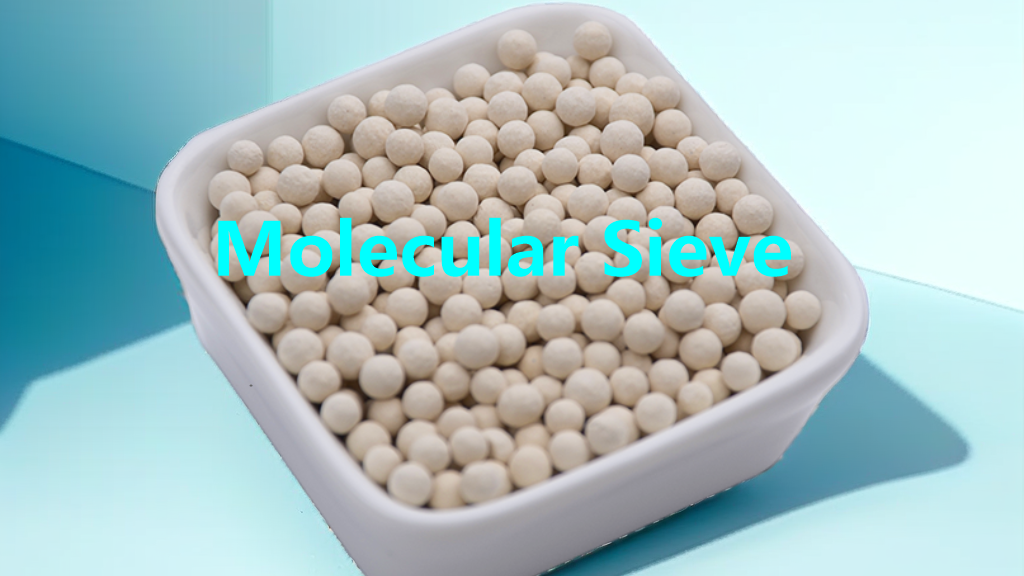Molecular sieves are crystalline porous materials with uniform micropores of precise size. They function like microscopic screens, selectively adsorbing and separating molecules based on size and polarity, hence the name. Understanding the types of molecular sieves is the first step towards their correct selection and application. They can be systematically classified primarily based on their chemical composition and crystal structure.
I. Classification by Silica-to-Alumina Ratio (SAR): The Foundation of Performance
This is the most fundamental and important classification method, as it directly determines the molecular sieve’s acid/alkali resistance, thermal stability, and hydrophilicity/hydrophobicity.
A-Type Molecular Sieves (e.g., 3A, 4A, 5A): These are the most well-known low-silica-alumina-ratio sieves, renowned for their uniform pore size and excellent adsorption properties.
3A (Potassium A-Type): Used for deep drying of ethanol, petrochemical streams, etc.
4A (Sodium A-Type): A classic detergent builder, it adsorbs calcium and magnesium ions from water.
5A (Calcium A-Type): Used in petroleum dewaxing and gas separation.
X and Y-Type Molecular Sieves: Featuring a higher SAR and larger pore structure, these are “stars” in the field of catalysis. Particularly, modified Y-type zeolite is the core material for the crucial Fluid Catalytic Cracking (FCC) catalyst in the petrochemical industry, used for the efficient production of high-octane gasoline.
High-Silica Molecular Sieves: Exemplified by ZSM-5. These sieves possess strong hydrophobicity, exceptional thermal stability, and acid resistance. They are widely used in shape-selective catalytic reactions, such as Methanol-to-Gasoline (MTG) and xylene isomerization, capable of precisely “shaping” the target product.
Siliceous Molecular Sieves: Such as the all-silica Silicalite-1. Their framework consists almost entirely of silica, granting them extreme hydrophobicity. They are specifically designed for adsorbing and recovering organic molecules from aqueous solutions.
II. Classification by Pore Structure: Gateways to the Microscopic World
According to the structure codes from the International Zeolite Association (IZA), molecular sieves can be categorized by pore dimensionality and size.
Small-Pore Molecular Sieves (e.g., 3A, 4A): With a pore aperture of approximately 0.3-0.45 nm, they are suitable for the separation and drying of small molecules like H₂O and NH₃.
Medium-Pore Molecular Sieves (e.g., 5A): Featuring a pore size of about 0.45-0.6 nm, they are among the most widely used, applicable for natural gas purification (CO₂ removal) and petrochemical separation.
Large-Pore Molecular Sieves (e.g., X, Y-Type): With a pore aperture of about 0.7-0.8 nm, they can handle larger molecules and are key to reactions involving large molecules, such as heavy oil cracking.
Mesoporous Molecular Sieves: Synthesized since the 1990s, these materials have pores ranging from 2-50 nm, breaking the size limitations of traditional microporous sieves. They have opened new frontiers in areas like macromolecular catalysis and biomolecule immobilization.
Each type of molecular sieve plays an irreplaceable role due to its unique structure. Selecting the correct molecular sieve type is the key to unlocking its vast potential in separation, drying, catalysis, ion exchange, and other fields.
Explore more adsorbent applications with JOOZEO.
Post time: Oct-22-2025


